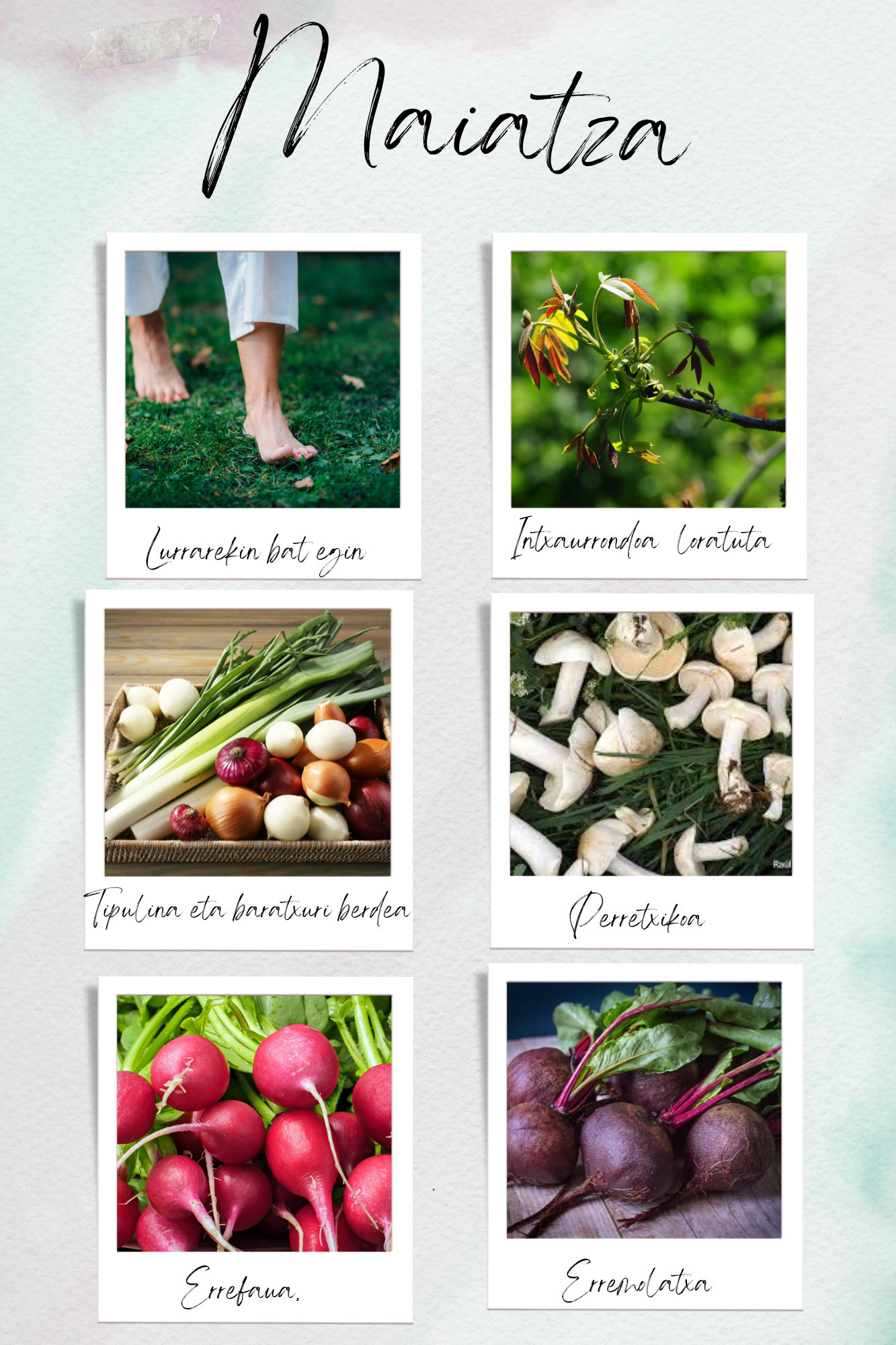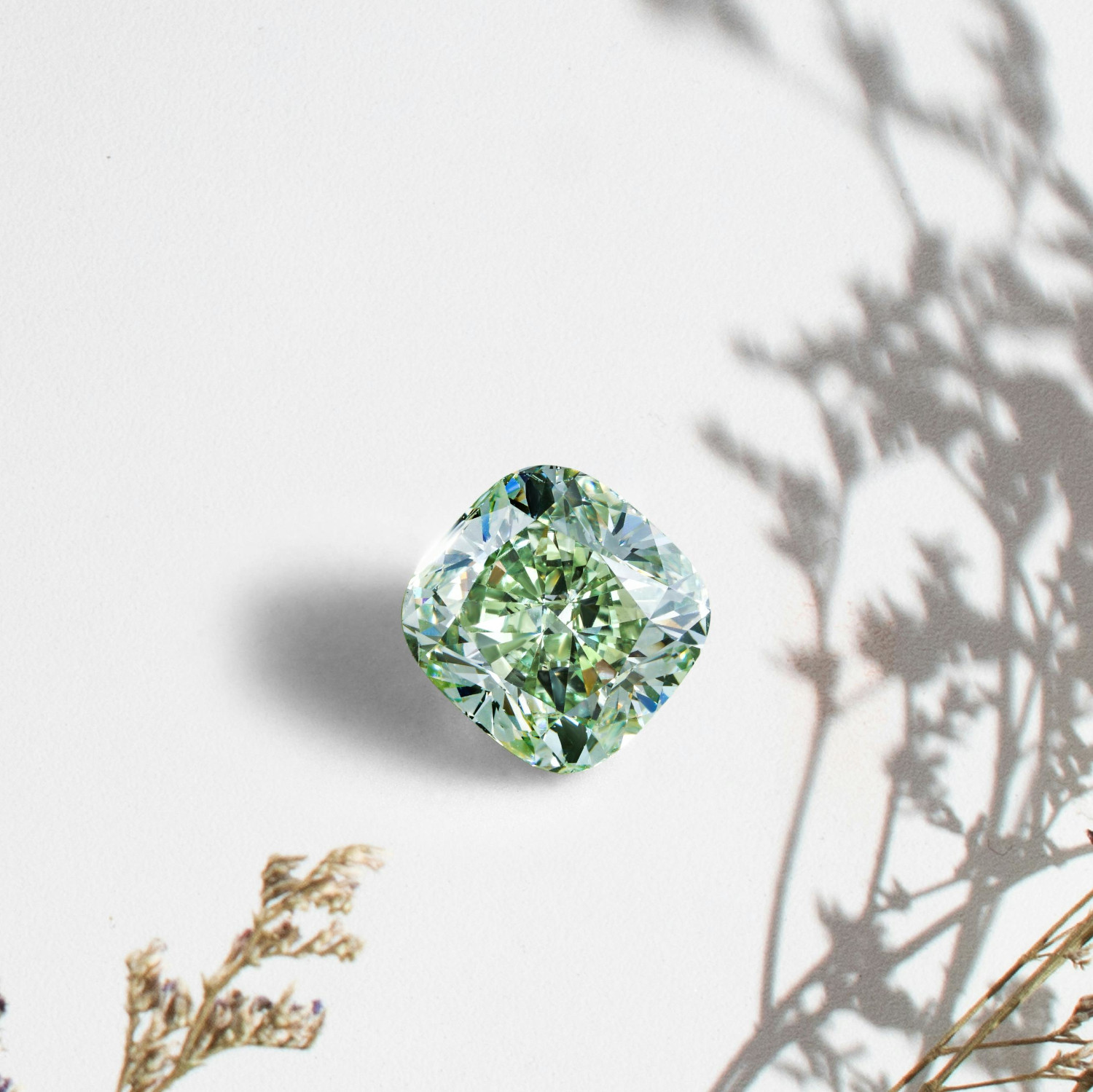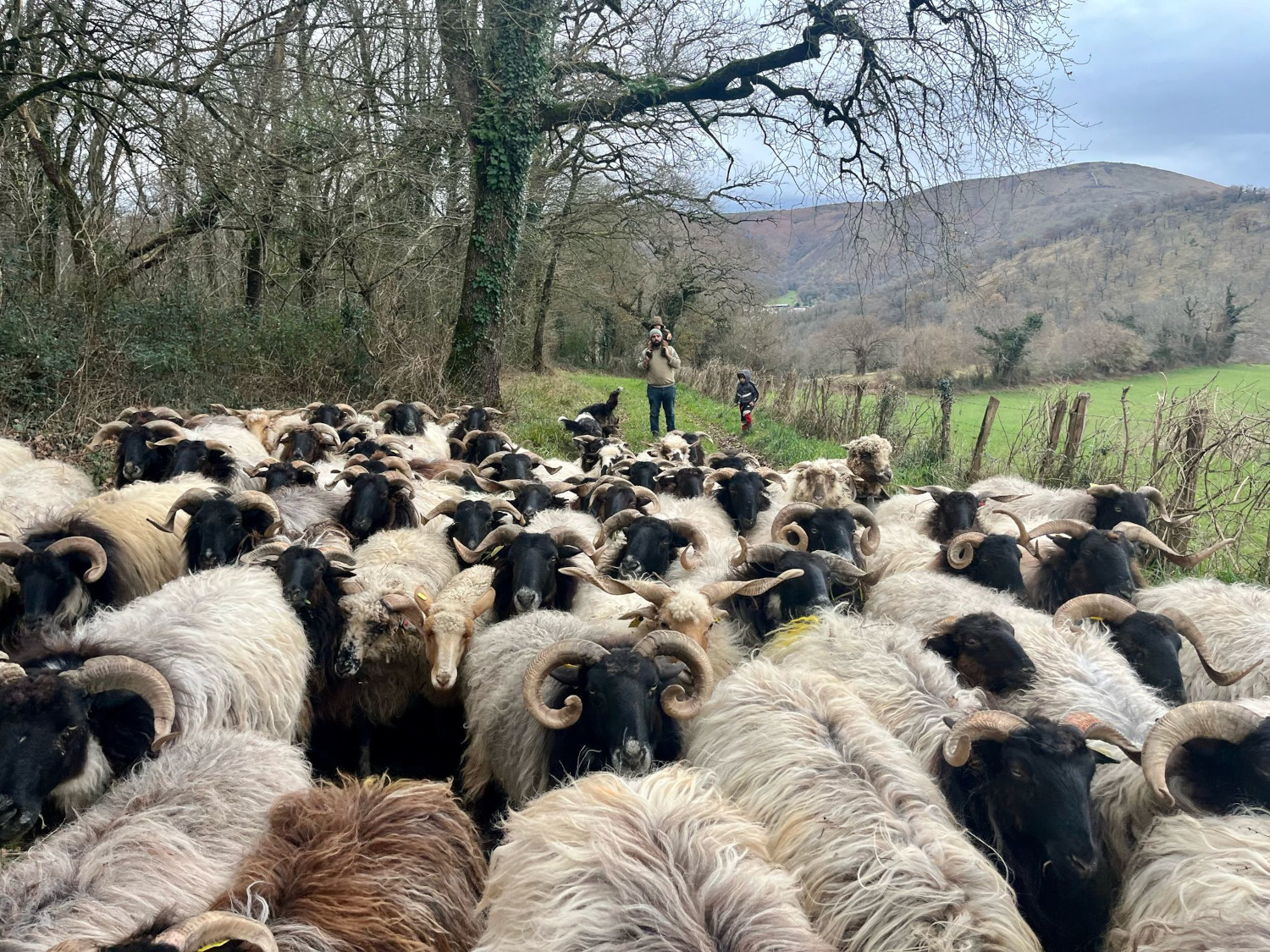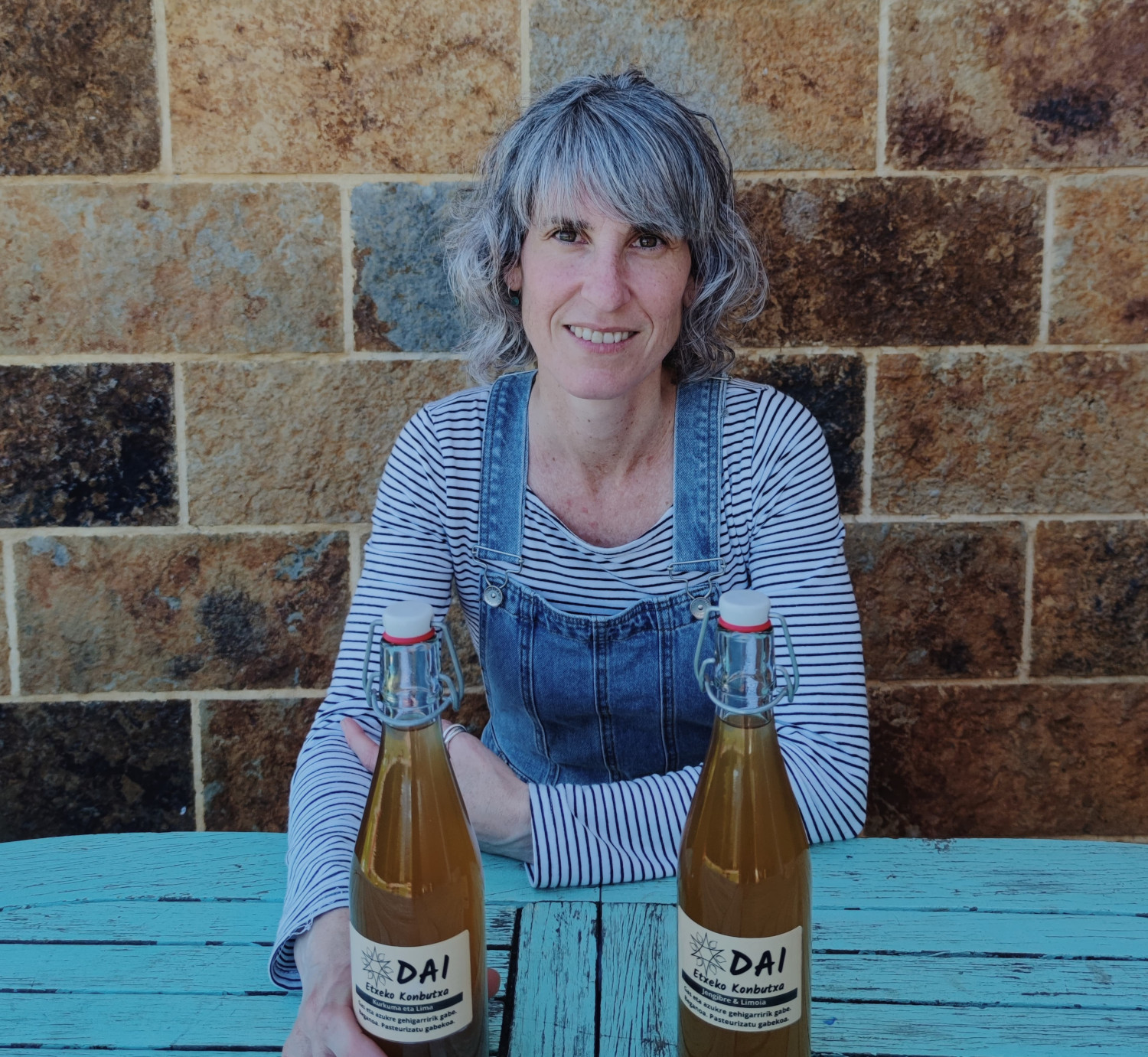Herbs of the pig
- Winter is the season of pig slaughter. The cold will make it easier to get rid of the heat. If only we could get rid of the heat when we talk about pigs, too!

A plant is known as Xerri-baba (Hyoscyamus niger); Jean Elizalde Salaberri the Quick wrote in Our Country in 1933: “If this plant is called Xerri-baba, it must not be given to the Xerrieri themselves; it is pure poison.” In fact, the pig himself wouldn't even go crazy if it was pure poison. A completely pejorative sense is given to the plant by the name of pork beans. The word pig is used in this way, offensive; the following phrase written in Zizur in 1552 by Fernando Maiora is taken up: “Fuck you, bitch.” The whores were also named ahardi; Gabriel Elli wrote in his Hobera in the town of Mugaldea in 1961: “He was laughing at her face, calling her a witch, an old woman, a hardy and a whore.”
However, I don’t think people would use the name xerri-baba very much. It is a precise translation of the scientific name Hyoacyamus, which originates from the Greek words hys, “pig” and kyamos “baba”. Between academics, I think.
Its best-known name is “Negro Absolute”, and in Navarre it is called “chocolateras”, since the shape of its fruit is like a chocolate. But, Xerri, there’s another that draws attention: the heart. Is it the effect of the poison?
Recently discovered in the Roman village of Houte-Castellum in the Netherlands a clear indication of the medicinal use of the Absolute: an animal bone with birch resin (Betula sp.) sealed inside with hundreds of acres. It would have been used intentionally in the knowledge of its effects. Pliny the Elder and Dioscorides mentioned the hallucinogenic and healing qualities of the black absolute, which explains the deep and sophisticated pharmacological knowledge of that civilization. Even those of us who had been involved with the Romans would have learned something...
People knew about his poison, but they also knew that it was a potent medicinal plant, hypnotic as a narcotic. Telesforo Aranzadi published in the Revista Internacional de los Estudios Vascos (International Journal of Basque Studies) in 1929, “Euskerikos Plant Names”, in which he recorded that Izaban was called “atabaloi” and “otsobaba” by Aralar.
It is also what we call “pork herb”, more commonly known as “ositxeka” (Sanicula europaea). With this there is also a mixture of dandruff or dandruff herb, which is said to exist; these two names are now called of another genus, the genus Symphytum. Both of them have bulbs in the subsoil, and the people of the urde, the pig and the boar, are avid bulb lovers. This is where the mixture can come from...
The term “pig turnbuckle” refers to beet, zuhain beet (Beta vulgaris var. the rapacea). Arbia (Brassica rapa subsp. rapa) because it is easier to make, it has always been a pig turnbuckle for pigs and mare, a particularly good forage. The name here tells the truth, it is not an understatement. I don’t know where the English word “pig field” (Lolium perenne) comes from; it seems to be from the north in the dictionary. Also in the north, the Cynodon dactylon is known as the “serrillar” and the “urdeextrem”. Both are very good grass.
Helianthus tuberosus is also known as a French potato or potato “pig potato”. I don’t know if that name refers to the French, or because even raw pigs eat their bulbs with pleasure.
Without knowing it, just in case you underestimate it, give the name “pork”, then the futures.





















